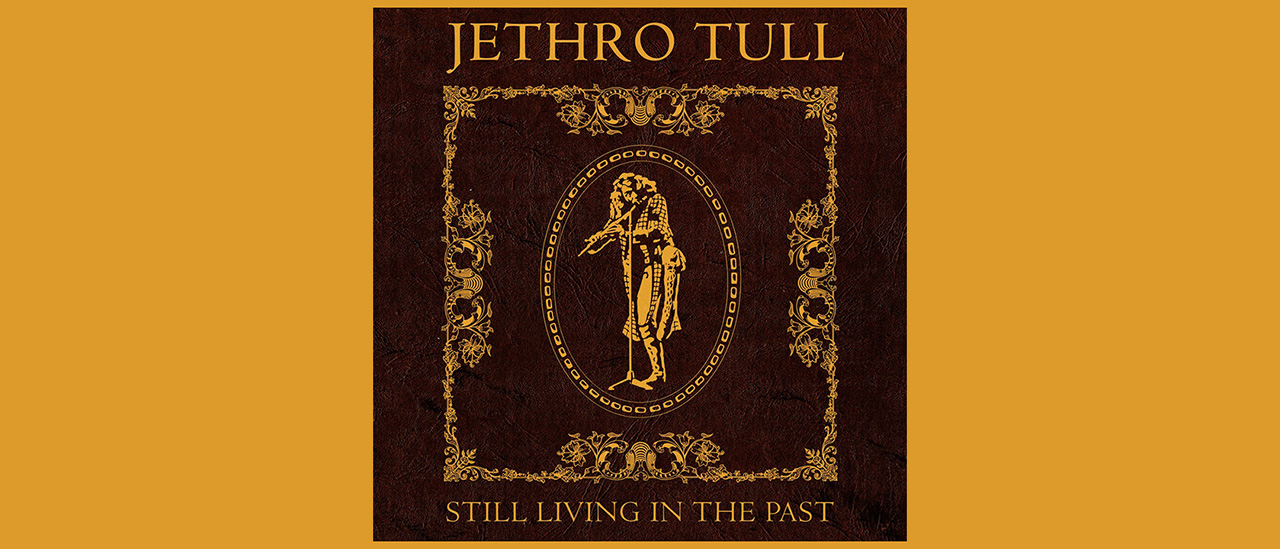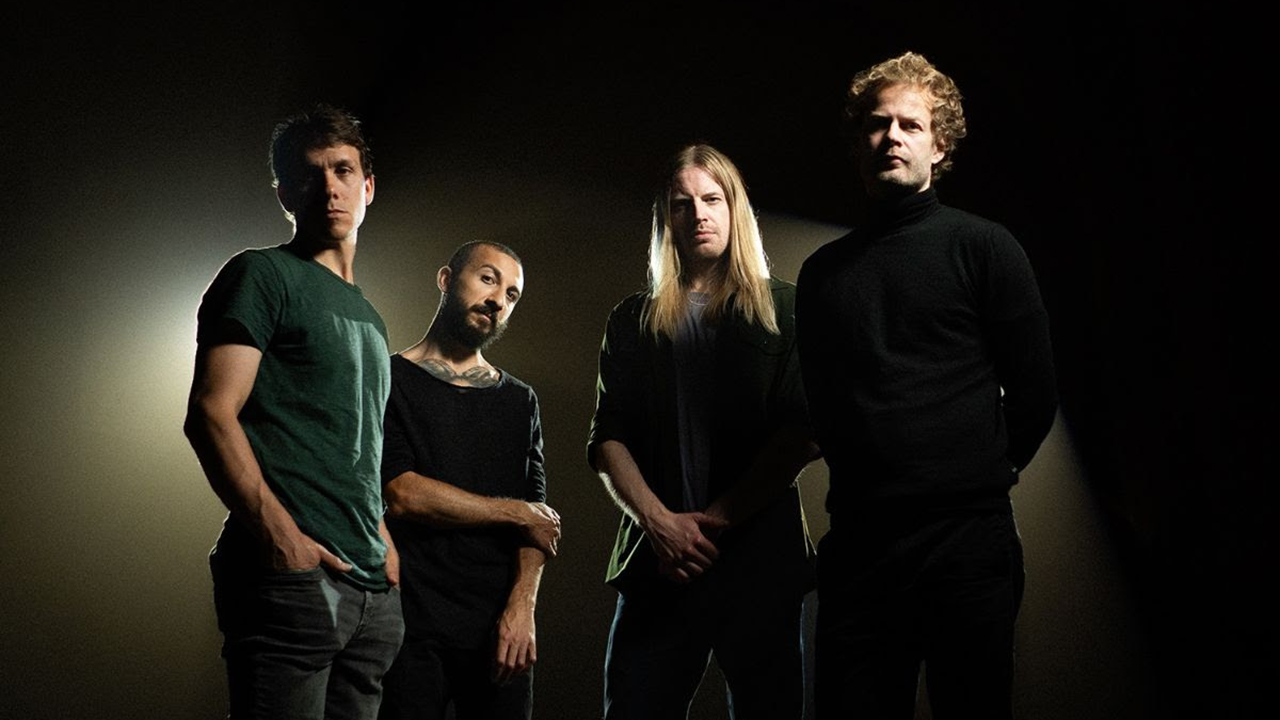You can trust Louder
The tweak to the title of 1972’s Living In The Past compilation practically invites comment on its dated elements – and in fairness, some of those live drum solos haven’t aged too well. But there remains something about vintage Jethro Tull which, in 2025, still throws up surprises.
Nobody ever sounded quite like them, and the colourful identity established by Ian Anderson’s poeticism and social observation, alongside some quicksilver musicianship, sets them apart from lazy assumptions of what prog was doing in the early 70s.
The singer’s wordy snipes and seductions, mostly concerning the state of England, placed him in the lineage of Ray Davies or, later, Elvis Costello; and the band’s early line-ups – with Mick Abrahams and Martin Barre offering inventive, unconventional guitars – were busily looking to eschew obvious, easy resolutions.
The original double album was a slightly haphazard mix of standalone singles, select album highlights, live tracks and out-takes. It was designed by Chrysalis for the American market where Tull were, to use the modern parlance, blowing up after Aqualung, Thick As A Brick and a run of live triumphs.
Nobody would pretend it’s as essential a chapter in the group’s discography as the most cohesive studio albums. But under its roof are housed nifty one-off singles like Living In The Past itself, The Witch’s Promise and the lovely Life Is A Long Song, which is always somehow perkier and catchier than one might recall.
Other big-hitters include Teacher from Benefit and Locomotive Breath from Aqualung. Up The ’Pool is the liveliest of the EP tracks. Where the edifice wobbles a bit – surprisingly, given their in-concert chops at the time – is on the live section (the old side three). An interminable John Evan instrumental By Permission Of... plods for Britain, while Dharma For One stubbornly refuses to leave the ground.
This five-CD/Blu-ray reissue confidently boosts the engines. Inevitably there are multiple demos and full Steven Wilson stereo and surround sound remixes. The Wilson wizardry is most impressive on the Carnegie Hall 1970 concert, now buffed up to bolster the set.
Sign up below to get the latest from Prog, plus exclusive special offers, direct to your inbox!
Its version of My God finds Anderson very vocally agile, and the rhythm section of Glenn Cornick and Clive Bunker – both of whom had left by the time of the 1972 release – is robust yet fun.
In fact, it’s the extensive live bolt-on which makes this package as playful as it is posterity-targeted; and an extensive booklet, with Anderson going into deep detail on the songs, is a cut above the usual slapped-together notes. This is a generous, never perfunctory, paean to the past.
Still Living In The Past is on sale now via Rhino.
Chris Roberts has written about music, films, and art for innumerable outlets. His new book The Velvet Underground is out April 4. He has also published books on Lou Reed, Elton John, the Gothic arts, Talk Talk, Kate Moss, Scarlett Johansson, Abba, Tom Jones and others. Among his interviewees over the years have been David Bowie, Iggy Pop, Patti Smith, Debbie Harry, Bryan Ferry, Al Green, Tom Waits & Lou Reed. Born in North Wales, he lives in London.
You must confirm your public display name before commenting
Please logout and then login again, you will then be prompted to enter your display name.




